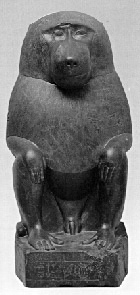
Thanks to the shipping transit, Apulia became a part of that process of cultural turmoils, already started during the Mycean age and supported by documents in the Taranto and Salento gulfs’ areas, as well as on the Adriatic coastal zone in Brindisi, in the coastal settlement of Punta Le Terrare.
With the approaching of the XIth century, the relationships between the opposite shores of the Adriatic Sea, were getting stronger and stronger thanks to the several migrations of the inhabitants of the eastern coasts.
The increase to the making of a common apulian culture in Apulia, brought by the migrant people better known under the name of Iapigi, is undoubt, between the IXth and the VIIIth centuries B.C., even if it was divided into dauna, peuceta and messapian.
By the end of the VIIIth century B.C., wiht the foundation of the Taranto colony made by Spartans leaded by Falanto and in particular, with the strengthening of the economical and political power of this town, during the IVth century B.C., the relationship between Apulia, Greece and the Illyrian coast strenghtened.
These relationships did not stop with the roman colonization when Brindisi, linked to the military politics of Rome in the East, became a commercial strategic base suitable for the location of oil and wine amphorae’s works used for shipping transportation towards the great markets of the Mediterranean.
The Mediterranean sea then had the role of weaver, between the opposite shores, not only of commercial exchanges, for on the sea and through it passed artists, thinkers, handicraftsmen, skilled workers, and together with them, works of art, religions and cultures as well.